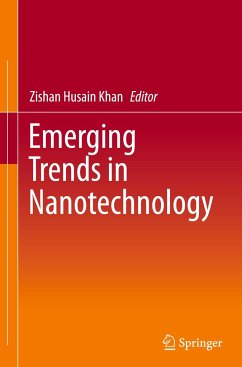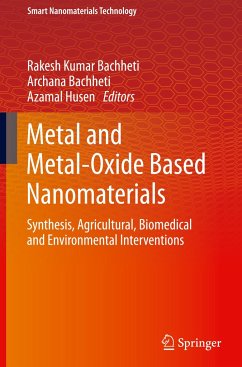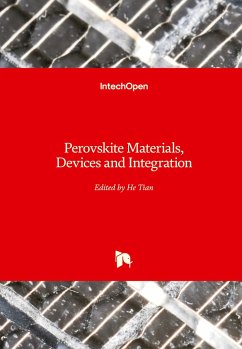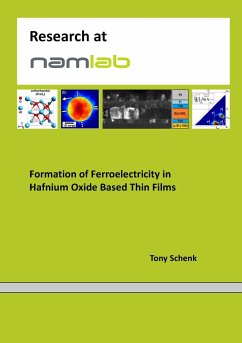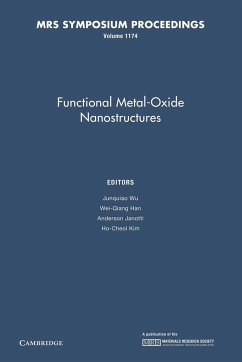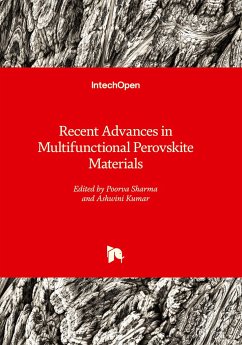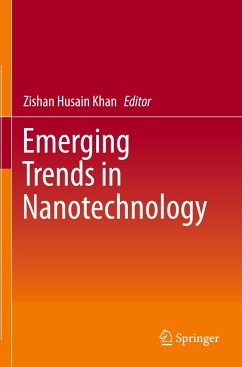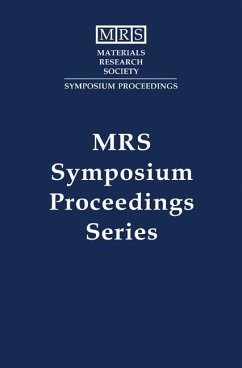
Fundamentals and Applications of Nanostructures Perovskite Oxide
Versandkostenfrei!
Versandfertig in 1-2 Wochen
34,99 €
inkl. MwSt.

PAYBACK Punkte
17 °P sammeln!
The book consists of six chapters and the contents of each chapter are as follows: the first chapter gives an overview of nanomaterials and perovskite oxide, the importance of morphology-dependent properties, and its application. A brief review of perovskite LaFeO3 nanostructures with a focus on the chemical and physical method of synthesis, properties, and its applications has been presented. The second chapter describes in detail the preparation techniques for the different nanostructures and characterization tools employed. The third chapter explains the preparation and characterization of ...
The book consists of six chapters and the contents of each chapter are as follows: the first chapter gives an overview of nanomaterials and perovskite oxide, the importance of morphology-dependent properties, and its application. A brief review of perovskite LaFeO3 nanostructures with a focus on the chemical and physical method of synthesis, properties, and its applications has been presented. The second chapter describes in detail the preparation techniques for the different nanostructures and characterization tools employed. The third chapter explains the preparation and characterization of different morphologies of LaFeO3 nanostructures such as nanocubes, nanorods, nanospheres, dendrites, flower-like nanostructures, microspheres and nanospheres prepared by the facile and environment-friendly wet chemical method. Also, a systematic investigation of growth mechanism, structural, compositional, and thermal analysis has been discussed. The fourth chapter deals with the physical properties such as surface area, optical, magnetic, and electrical properties of different morphologies of LaFeO3 nanostructures. It is worthy to note that the prepared morphologies of LaFeO3 nanostructures exhibit higher photocatalytic activity than Degussa P25 for the degradation of organic pollutant RhB under visible light irradiation and the LaFeO3 nanostructures modified electrode-based dopamine biosensors have good sensitivity, selectivity, stability and low detection limit as discussed in the fifth chapter. Finally, sixth chapter gives the summary and conclusion of all the investigated results.



